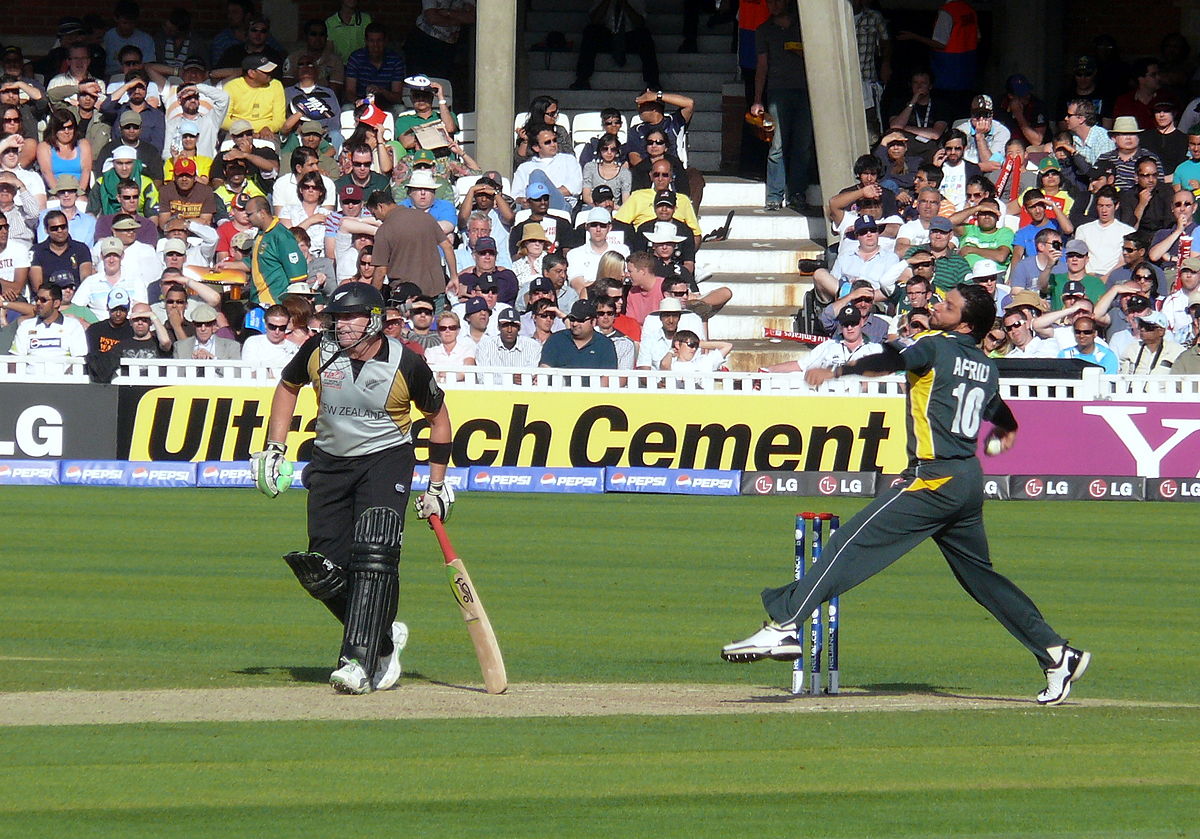The Hundred delay sparks fresh debate over format
Due to Covid-19 restrictions, the England and Wales Cricket Board have delayed the launch of their new competition, The Hundred, to 2021. The Hundred was meant to revitalise English cricket, capitalising on the renewed buzz around the sport following success in 2019’s World Cup and Ashes. Its delay has caused debate over the competition’s viability.
The Hundred is a new format of limited overs cricket, with two teams each playing one innings of 100 balls. Instead of the structure of overs, there is a change of ends after 10 balls and bowlers may either deliver their 20 allotted balls in five or 10 ball bursts. Furthermore, the ECB’s competition will feature 8 completely new teams in a franchise system, abandoning the traditional structure of the 18 major counties.
The ECB’s road to founding The Hundred was a long one, but quite simply they believed a change was needed in order to attract new fans from non-traditional cricket audiences. Or, as former England director of cricket Andrew Strauss put it: “mums and kids during the summer holidays”. However, in aiming at this non-traditional audience the ECB risked alienating the current fans of the game.
The Hundred also weakens the T20 Blast by hogging already minimal broadcasting time
The ECB already have a short-format competition that has enjoyed great attendances and fanfare: the T20 Blast. This would still go ahead concurrently with the new Hundred, leaving many wondering why a new cricket audience would be interested in the same game but 20 balls shorter. The Hundred also weakens the T20 Blast by both hogging the already minimal broadcasting time and denying the Blast many of its finest players.
To many, The Hundred belies the most frustrating of cricketing tropes, that the sport is dying. The ECB clearly thought so only 17 years ago when they created the format of T20 cricket. Is the plan for ‘saving’ cricket just to keep inventing shorter and shorter formats until we get back to the 19th century game of a singular batsman facing a singular bowler? Probably not. The powers that be in English cricket know that cricket isn’t dying, it’s more popular now than it ever has been before, just not where they would want it to be.
When T20 cricket started in 2003 it set in motion a shift in the centre of cricketing power away from England and Australia to India. Just five years later the Indian Premier League was founded and is now the sixth best-attended and one of the most valuable sporting leagues in the world. The money and attendance that the IPL has brought to the sport has made India’s cricket board, the BCCI, by far the most influential in the world.
The Hundred does promise a great step forward for women’s cricket in England
There has always been a resentment from the ECB towards the IPL, somewhat stemming from a bitterness that the format they created was better used by others. Thus, in The Hundred, the ECB seek their own IPL with franchise teams and more glitz and glamour than the T20 Blast. One wonders why all of this required a new format of the game, why not just remodel the T20 Blast? The official answer is that they wanted the game to be shorter, which makes no sense as this could also be achieved by, for example, coming down more strictly on slow over rates.
The Hundred does promise a great step forward for women’s cricket in England and globally if it is successful. It is an avenue to get more women’s cricket broadcast, and also offer more job security to female cricketers. Prize money will also be given equally to male and female players in an attempt to create a women’s tournament that does not just feel attached to its male equivalent.
That The Hundred will succeed is far from assured. In their book Cricket 2.0, Tim Wigmore and Freddie Wilde compare founding a T20 league to creating a Silicon Valley company. Those few that succeed make gigantic amounts of money at the cost of the many that lose big time. There are probably only three T20 leagues in the world that reliably make money, and these took years before turning a profit.
Despite all the criticism, most will hope The Hundred will be one of the few that find success. The difficulty of launching a new white ball league will hopefully be counterbalanced by the money and interest in the English game. With luck, fans will be able to watch the inaugural Hundred season next year and it will become a staple of the world limited-overs calendar.

Comments